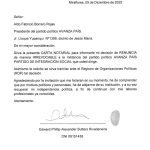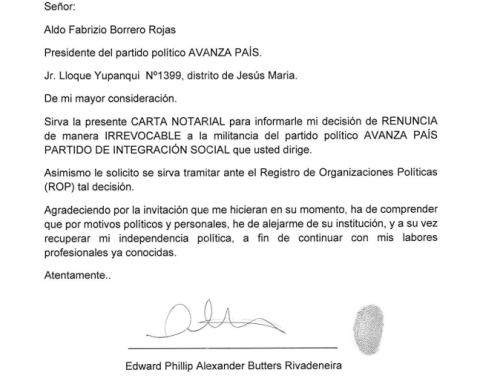Mexico has stopped receiving 738 million dollars since 2020 due to the resignation of telephone companies from their spectrum concessions. This January 1 marked five years since for the first time a telecommunications company returned all its radio bands to the Mexican State, because the cost of exploiting them put its financial operation at greater risk than the competitive dynamics of the mobile market itself.
This was a spectrum that telephone companiess had been purchased in previous tenders, but which became double digit expensive due to the annual amounts of rights that the Ministry of Finance and the Chamber of Deputies set each year in the Federal Law of Rights.
In 2020, the compensation for the frequencies, the so-called gauntlet, were already 35% above the international average at the time of the bidding, and the annual rights payments made some bands even more expensive. For example, 92% to the most used band for mobile Internet in Mexico, that of 2.5GHz; and made a band like that of 850MHzwhose technical nature is more noble to bring coverage to rural areas.
Are two radio bands They were among the first that companies returned to the State. On January 1, 2020, the Movistar company began the total and phased return of its frequencies, which culminated in 2022.
A few weeks before, at the end of 2019, the operator AT&T It partially renounced a regional concession, although it would not be the only one, since in 2022 it also renounced other regional concessions. And in the interim, competitor Telcel also announced that cellular network deployments with 5G technology They would be shocked by the expensive spectrum.
In this way, in five years the Mexican State has seen the return of spectrum with different technical nature and scope of coverage, which has meant 15,390 million pesos, 738 million dollars, which stopped reaching the Treasury of the Federation due to having Mexico the most expensive criteria in America for concessioning spectrum.
To date, companies have given up around 120 Megahertz of frequencies, among all returned bands and with different technical capacities. That’s enough spectrum that two new national companies could build their own cellular networks in Mexico.
In more detail, the company Telefónica Movistar renounced its concessions in the 1.9 GHz and 2.5 GHz bands, more suitable for data transport capacity and penetration into buildings; and also returned spectrum in the 800 MHz, more suitable for coverage expansion.
AT&T returned spectrum at 800 MHz and 850 MHz, and also to its concessions in the 1.7 GHz and 2.1 GHz spectrum, these being more noble for 4G services.
The returns were on a national and regional scale for Movistar and on a regional level for AT&T, although among the affected areas were the populous Guadalajara and Mexico City, and the industrial Tijuana, León and Mexicali, and also ports such as Guaymas or San Carlos. .
According to the band, the scope of its coverage and the period in which each return of the spectrum occurred, the loss of collection for the State was 4,569 million pesos per year in the case of Telefónica Movistar and for nearly 1,683 million pesos per year for AT&T resignations.
All the returns of radio spectrum occurred during the six-year term of President Andrés Manuel López Obrador, a government in which at the same time the State came with an injection of 166 million dollars to revive the mixed capital company Altán Redes, whose telecommunications network is the main input of Walmart’s BAIT, and to which the same Ministry of the Treasury also gave a grace period in 2024 to pay its annual payments for using spectrum until the first half of 2025.
López Obrador’s six-year term ended with 3.3% less spectrum availability compared to the 584 Megahertz available in the Enrique Peña Nieto government, when 5G technology was still a promise.
The returns of spectrum to the State due to its cost not only mean less revenue for the public treasury.
It means a lower availability of frequencies used in the market to bring Internet to Mexicans and affects the dynamics of the Mexican mobile market, as there are only two totally private operators in the country, AT&T and Telcel, with their own spectrum and only one, Telcel, with sufficient financial capacity to pay for frequencies.
















